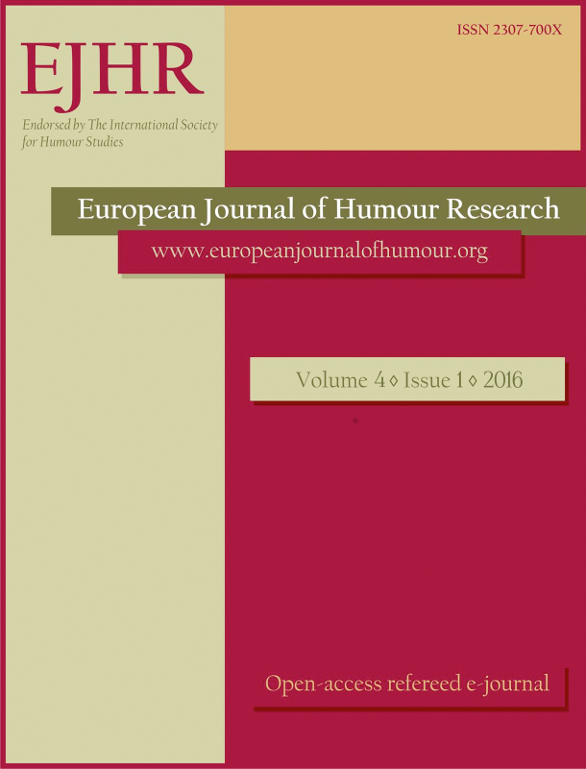Translating humour in audiovisual media
Translating humour in audiovisual media
Author(s): Peter ZolczerSubject(s): Language and Literature Studies, Media studies, Theoretical Linguistics, Applied Linguistics, Communication studies, Pragmatics, Descriptive linguistics, Translation Studies
Published by: Krakowskie Towarzystwo Popularyzowania Wiedzy o Komunikacji Językowej Tertium
Keywords: humour; translation; audiovisual; dubbing; subtitling;
Summary/Abstract: The article investigates humour translation in audiovisual media concentrating on two modes of audiovisual translation: dubbing and subtitling. The corpus consists of humorous scenes collected from two popular American situational comedies, namely Friends (1994) and The Big Bang Theory (2007). The analysis is based on the comparison of the humorous scenes in their original (English) audio track with their dubbed and subtitled Hungarian versions. Only those humorous scenes were selected and analysed in which the humorous load is mediated by language- and/or culture-specific humorous elements. The study focuses on the differences between the scenes’ humorous load in their original, dubbed, and subtitled versions. The methodology of the research is based on Juan José Martínez-Sierra’s case study “Translating Audiovisual Humour” (2009). The results show that in certain cases there is a difference between the humorous load in the dubbed and subtitled versions which can be traced back to the differences between the constraints of dubbing and subtitling.
Journal: The European Journal of Humour Research
- Issue Year: 4/2016
- Issue No: 1
- Page Range: 76-92
- Page Count: 17
- Language: English

